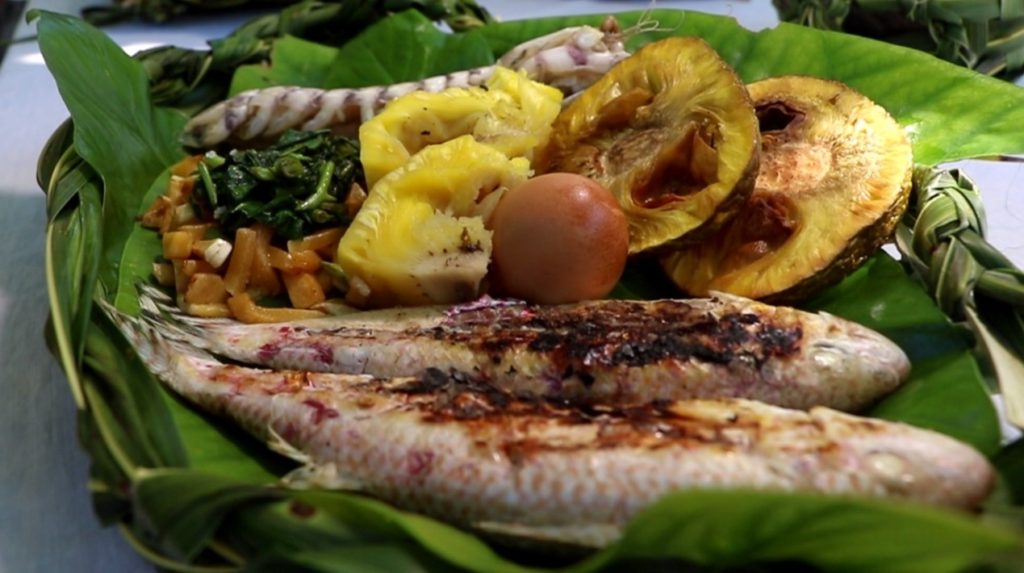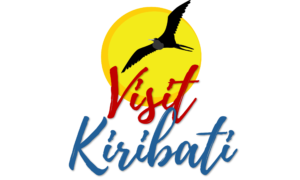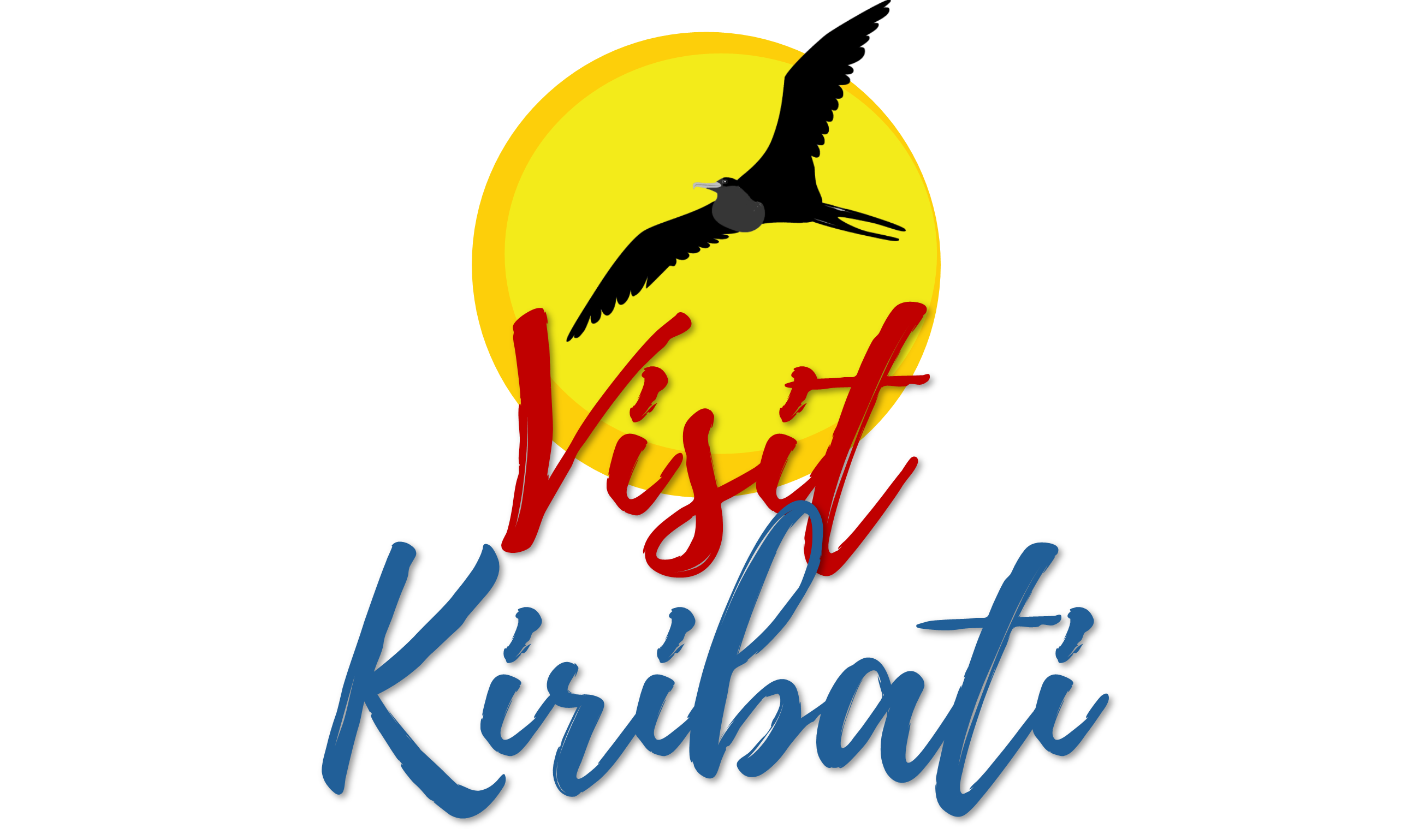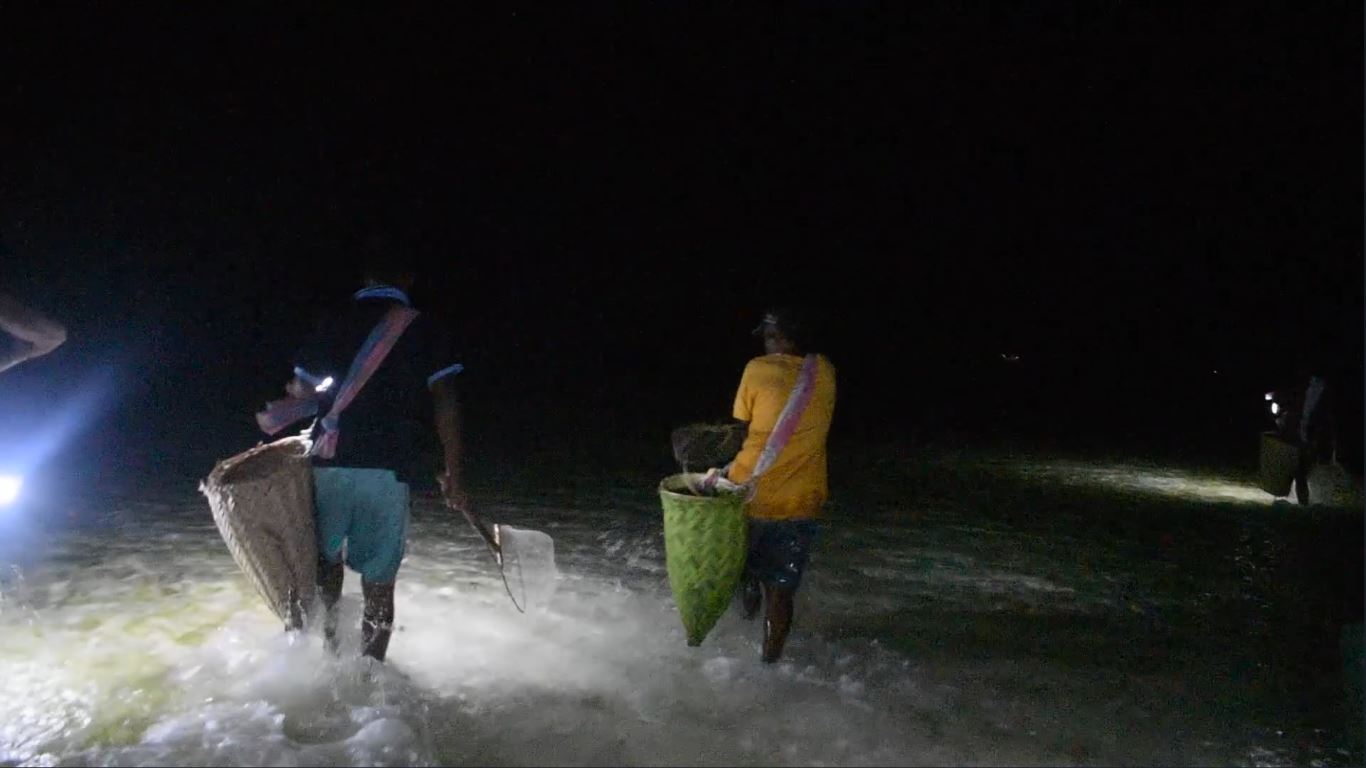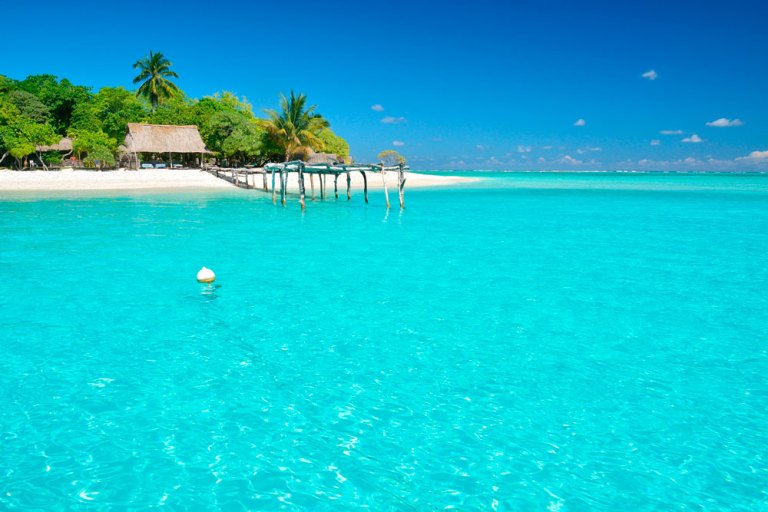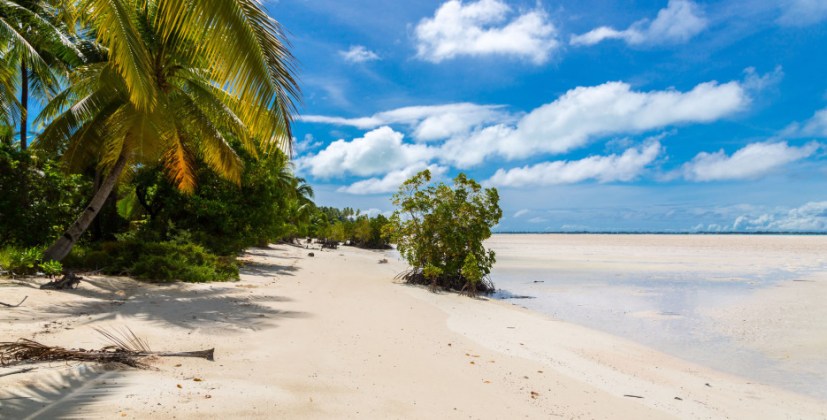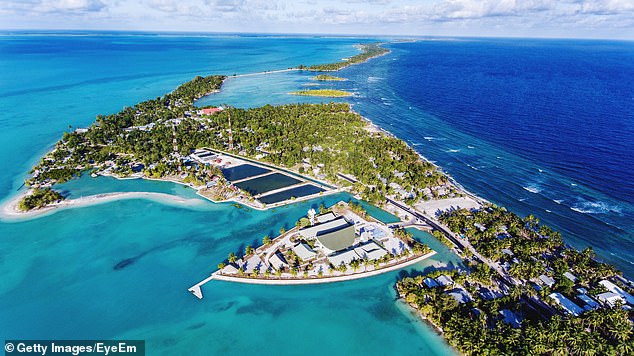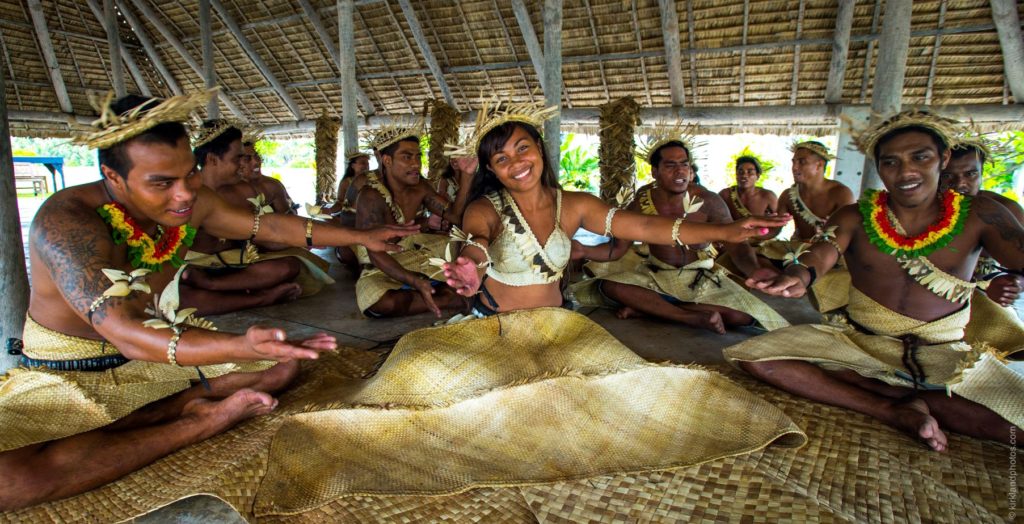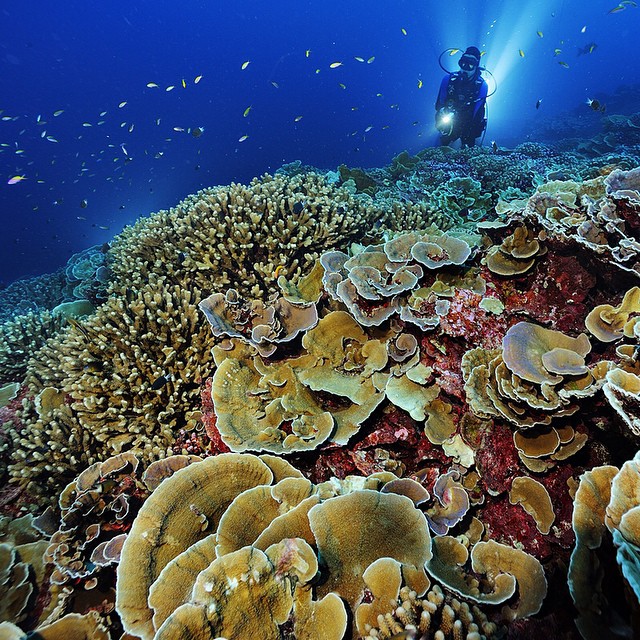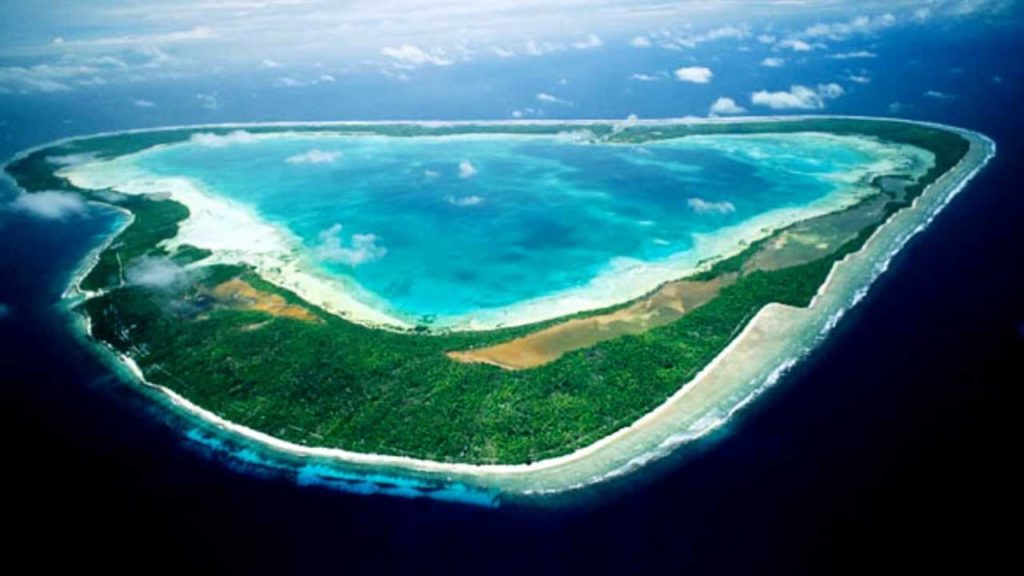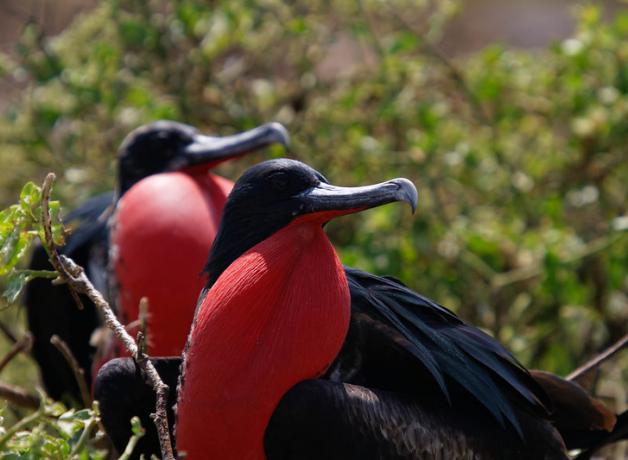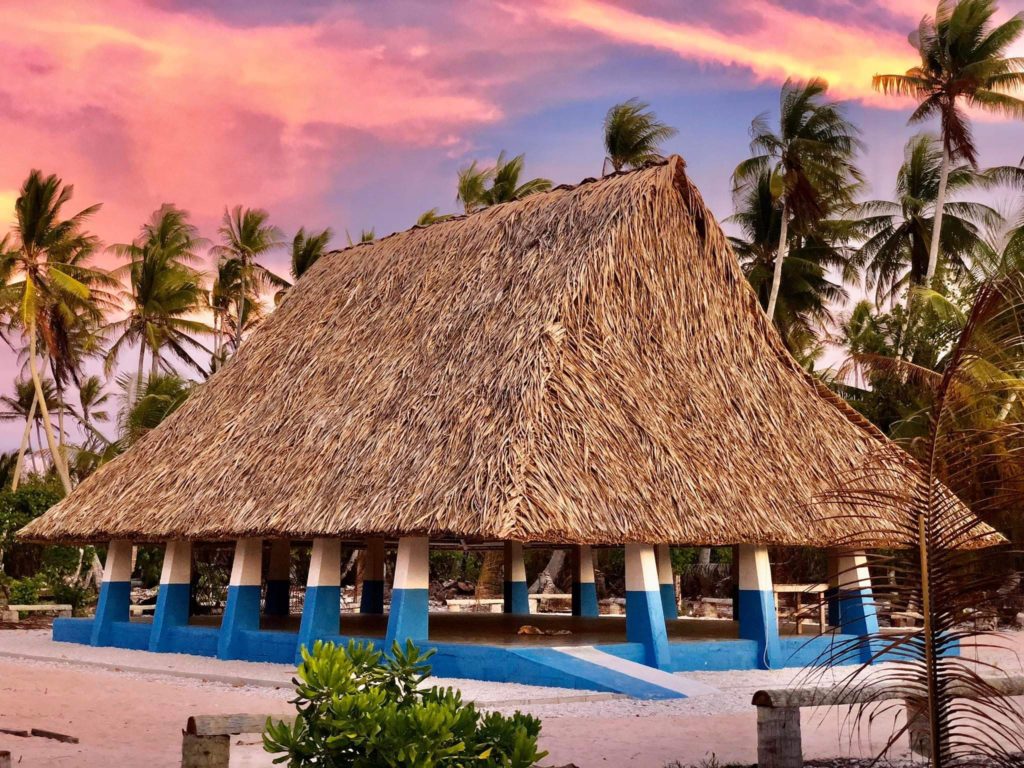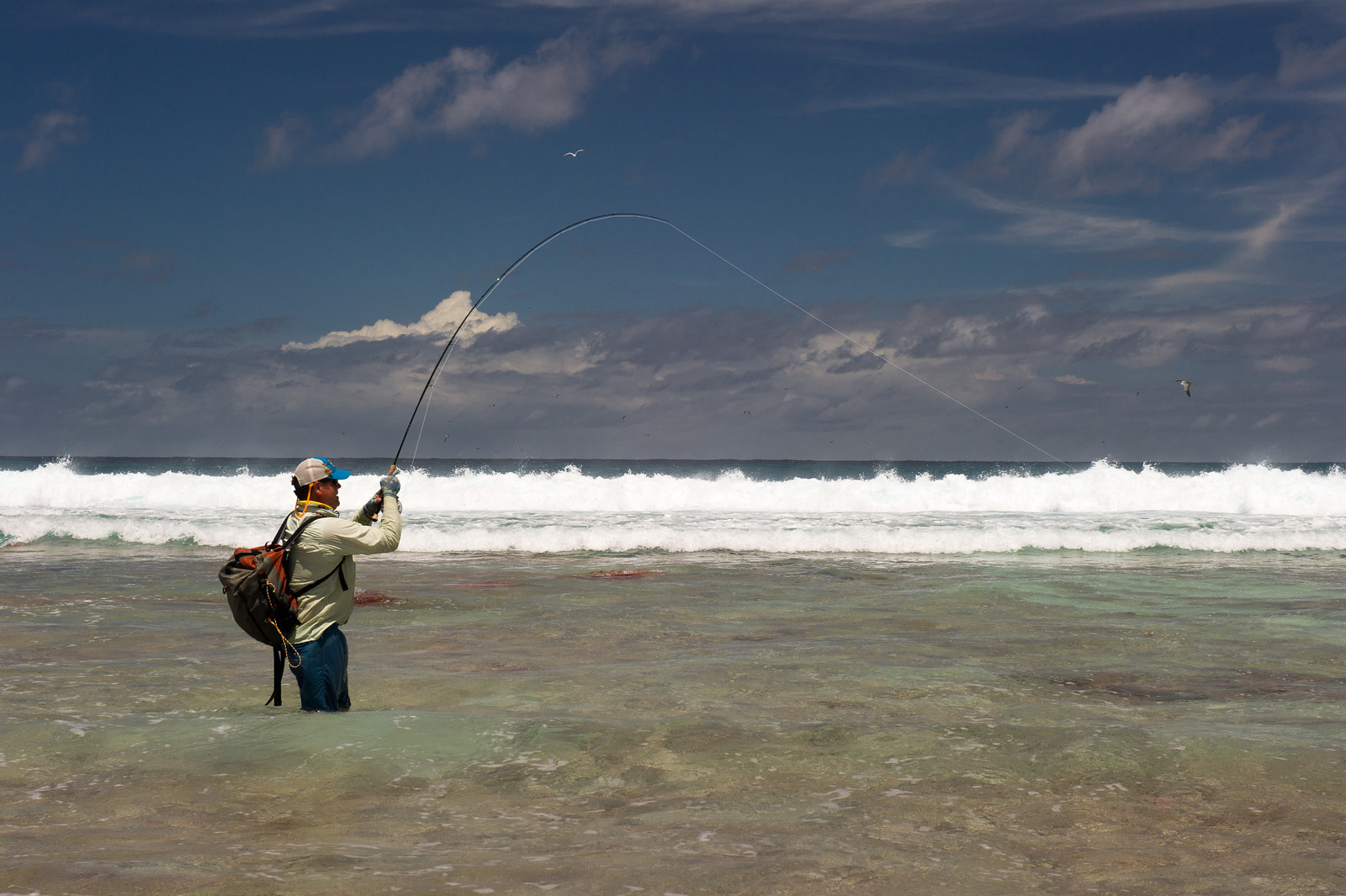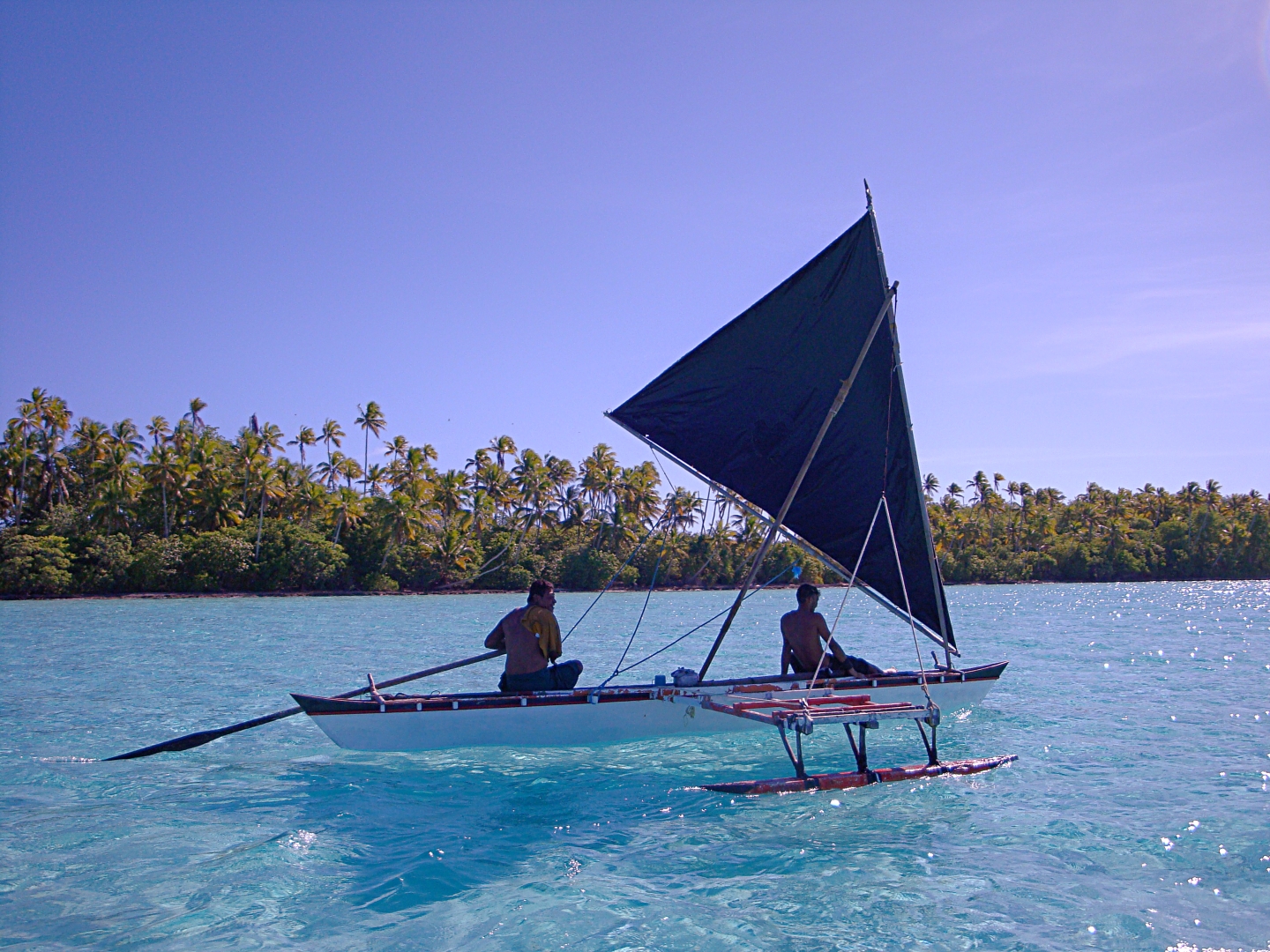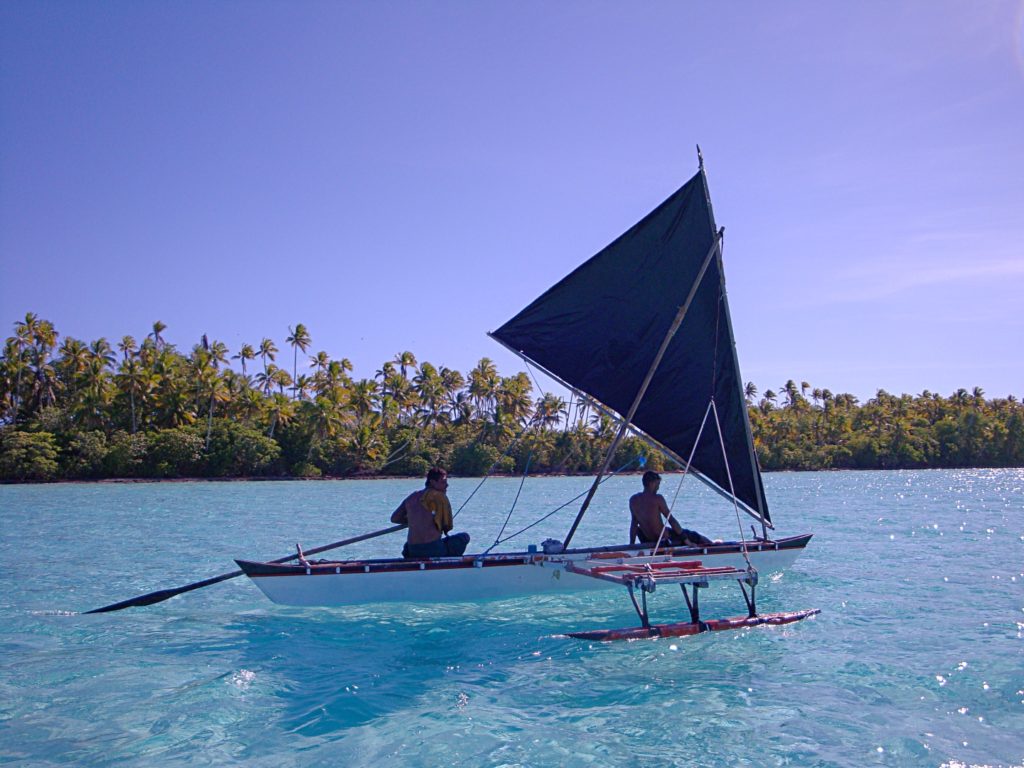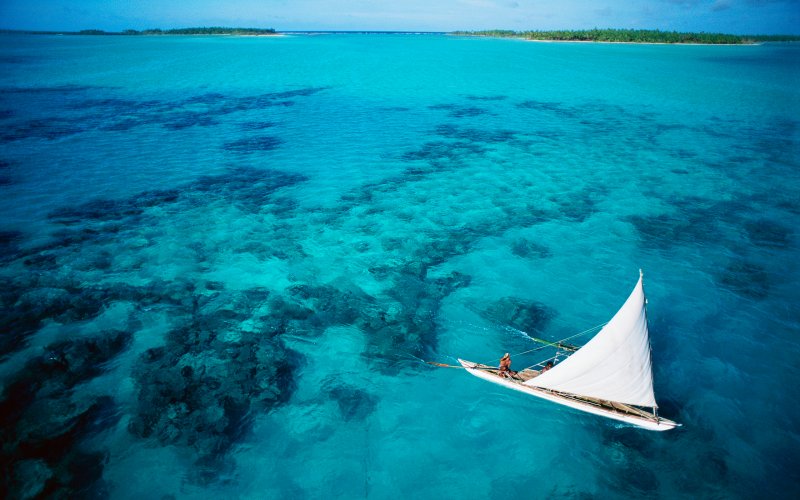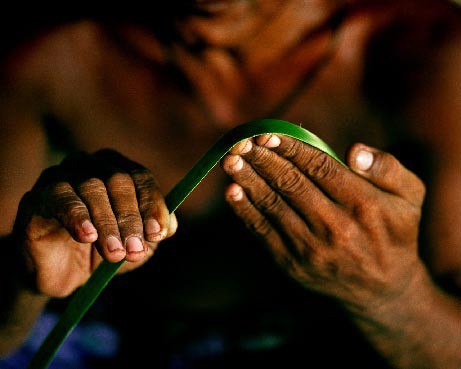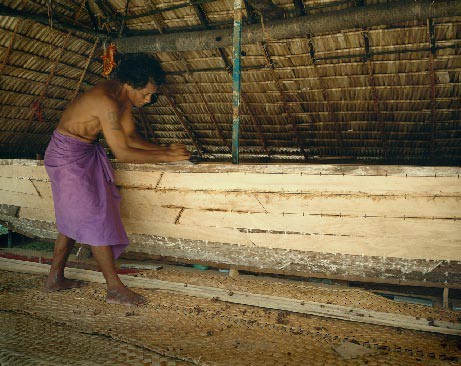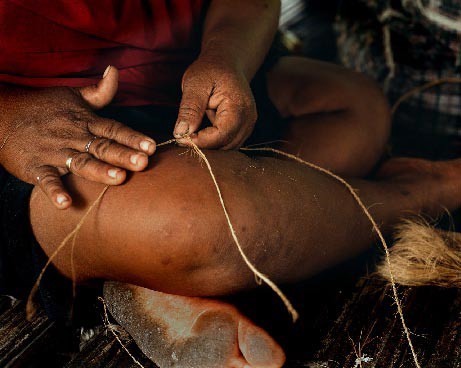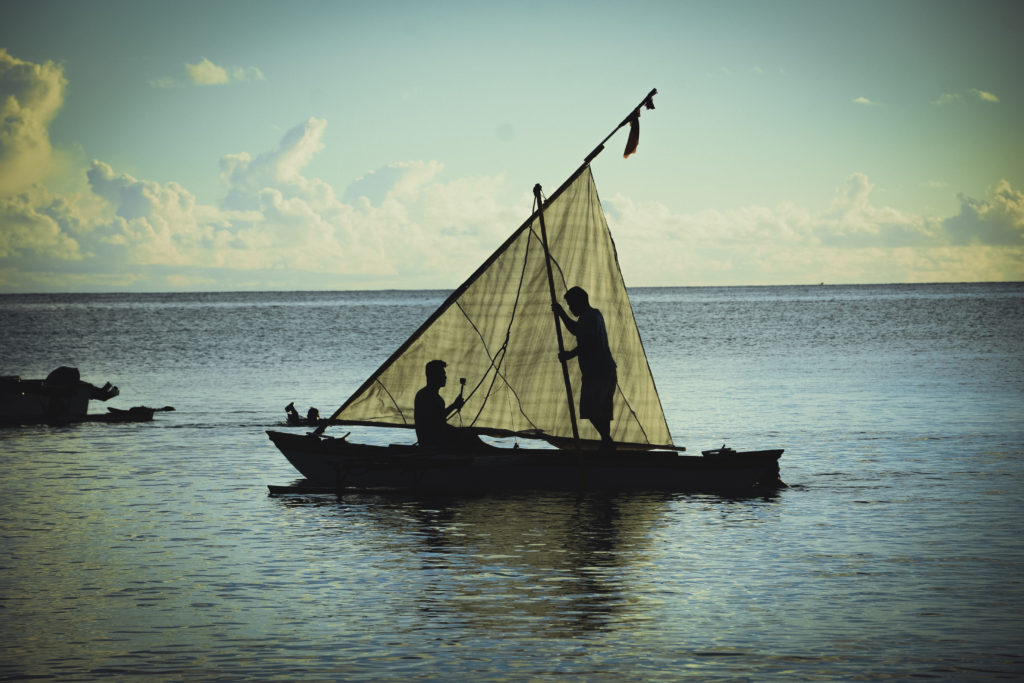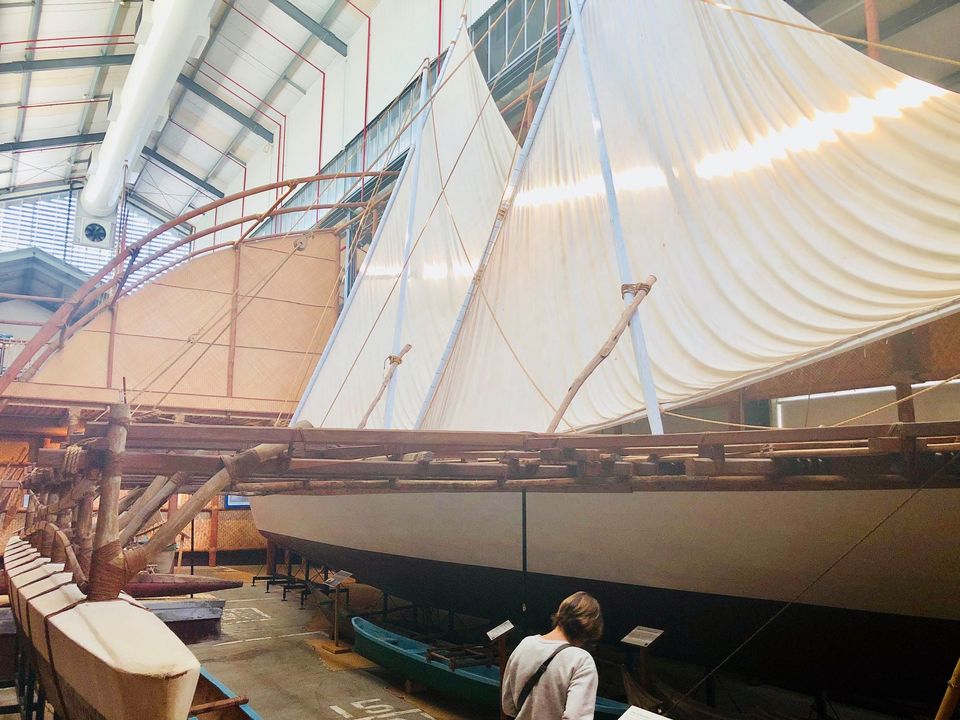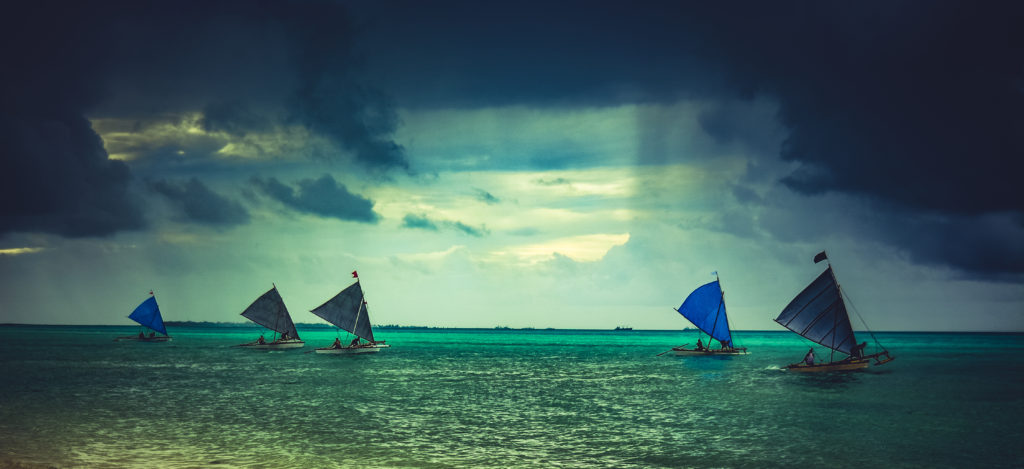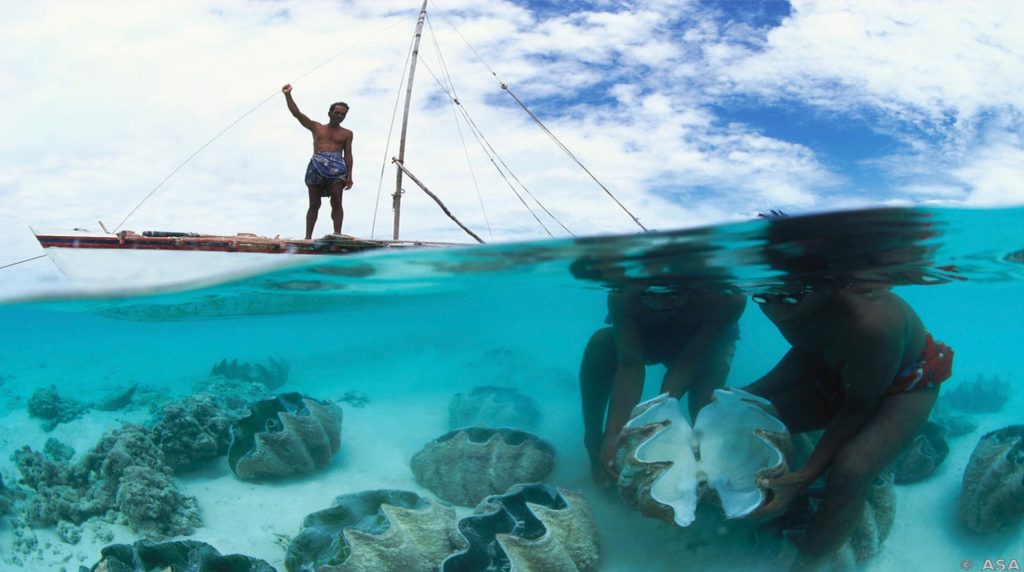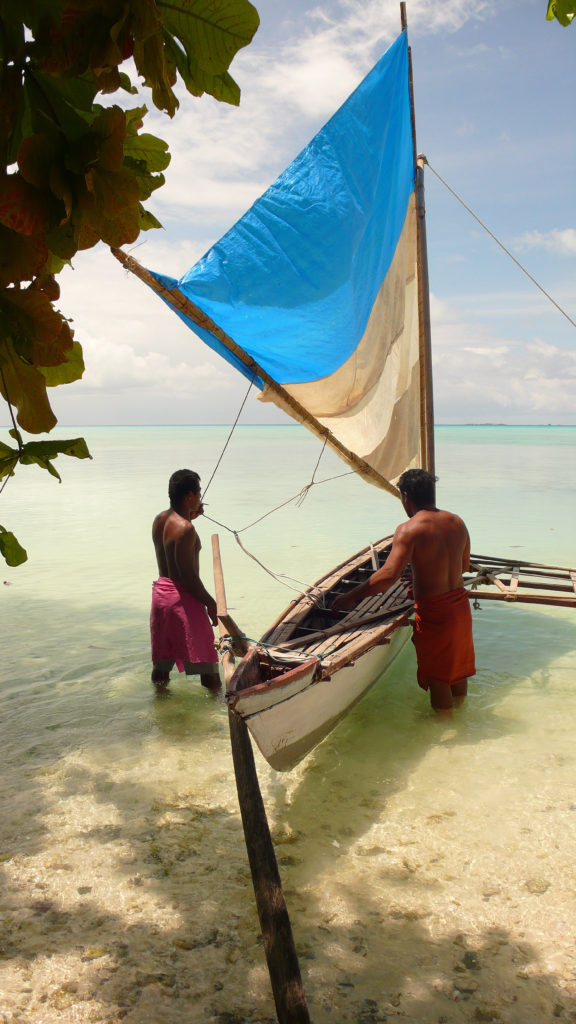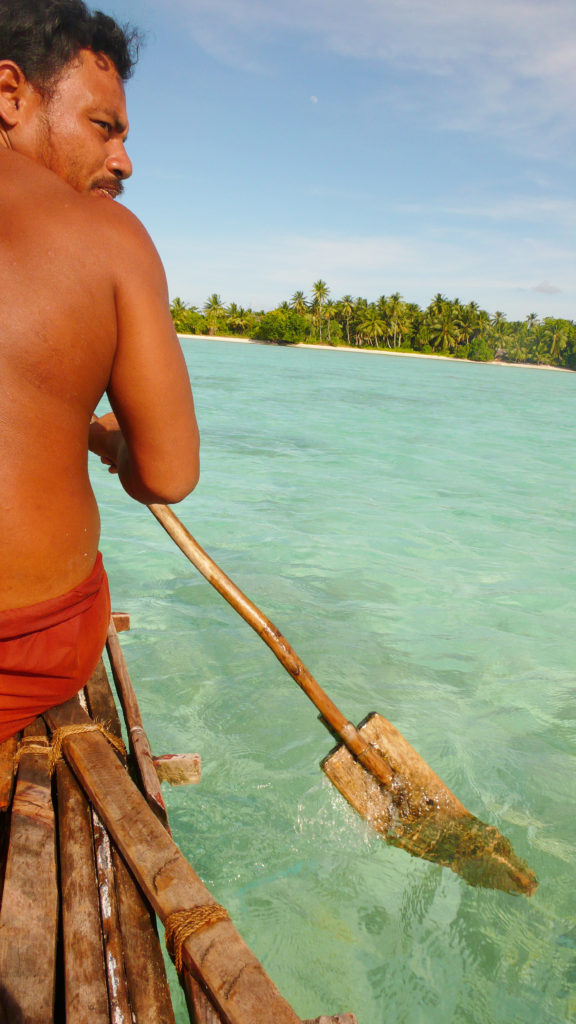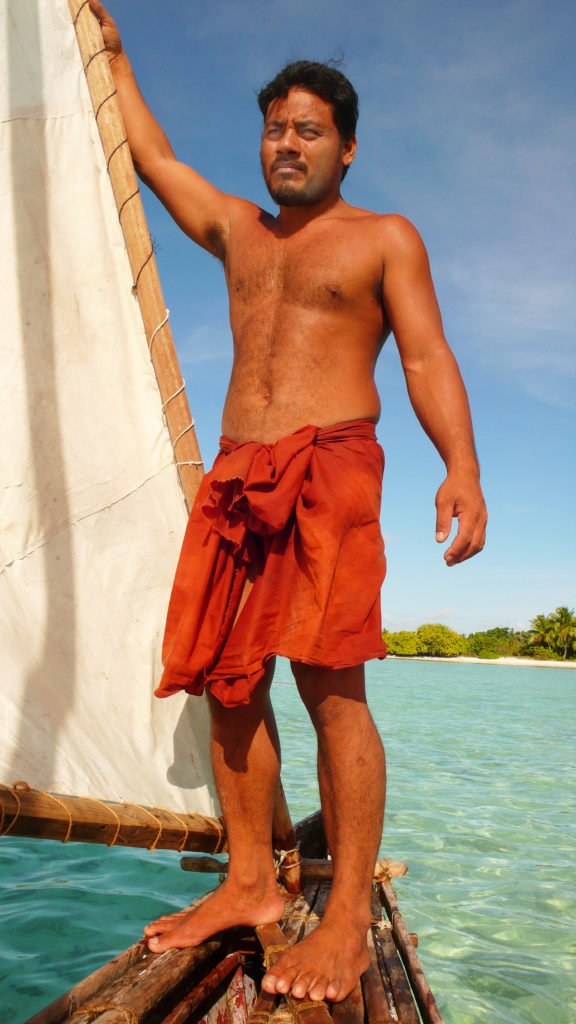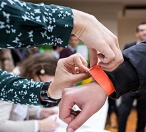Fishing - a Kiribati way of Living
Fishing and its associated activities form an intimate part of the Kiribati way of life. From the preparatory work and fishing procedures to the final act of consumption, the whole process involves certain norms of behaviour and belief which have been traditionally handed down in each generation.
Fishing is the mainstay of the Kiribati life and therefore traditional fishing methods are closely guarded as being essential to the survival of the Kiribati culture.
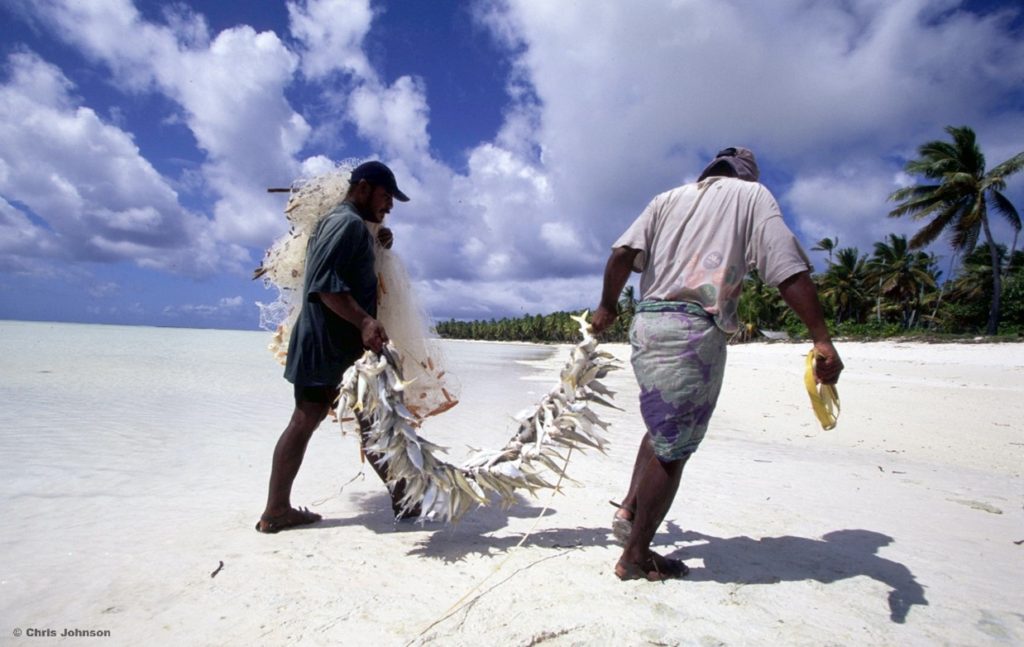
Fishing – an uncommon sight in Kiribati
The sight of men, women, and children in the lagoon or on their canoes fishing is an uncommon sight throughout Kiribati. Whether it is women and children collecting seashells during low tide in the lagoon flats, or men with their nets or fishing rods, the art of fishing represents who we are as people of the seas.
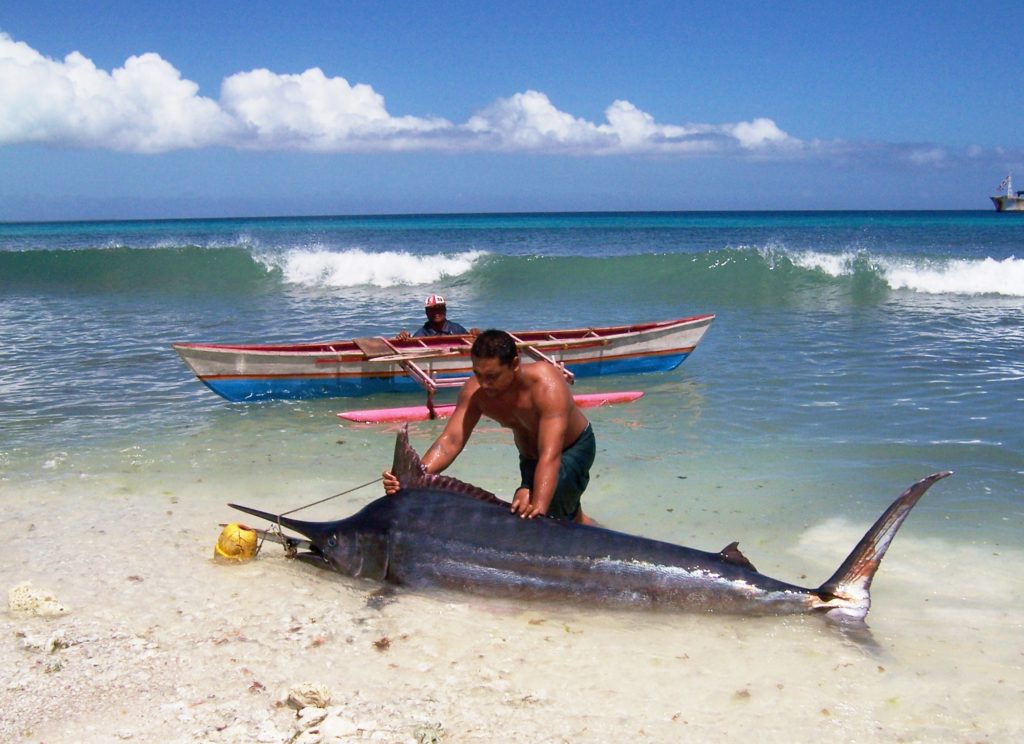
Te Riena – the scoop net fishing experience
In the village of Buariki on the Northern end of North Tarawa, we meet Mr. Tiraoi and Ms. Roti as they diligently prepare the tools required for a fishing method practices only by their people – Te Riena or Scoop Net Fishing.
The scoop Net ‘Te Riena’ as it is called locally has 3 parts – the scoop net, straight rod (about arm’s length) and a rounded stick that holds the scoop net and rod together. The scoop net is traditionally made from local fine string that is woven like a gill net but with smaller holes. Nowadays the scoop net is made from monofilament nylon cord because of its strength.
To watch the wart of scoop net weaving is to witness a skill that has been passed down through generations. The maker, regardless of whether the scoop net is for him or a family member, does so with intricate care, patience, and skill.
The scoop net is weaved by men using fishing line which is suitable for fishing while the basket is weaved by women.
The basket is made from the coconut tree leaves or dry pandanus leaves depending on which is available.
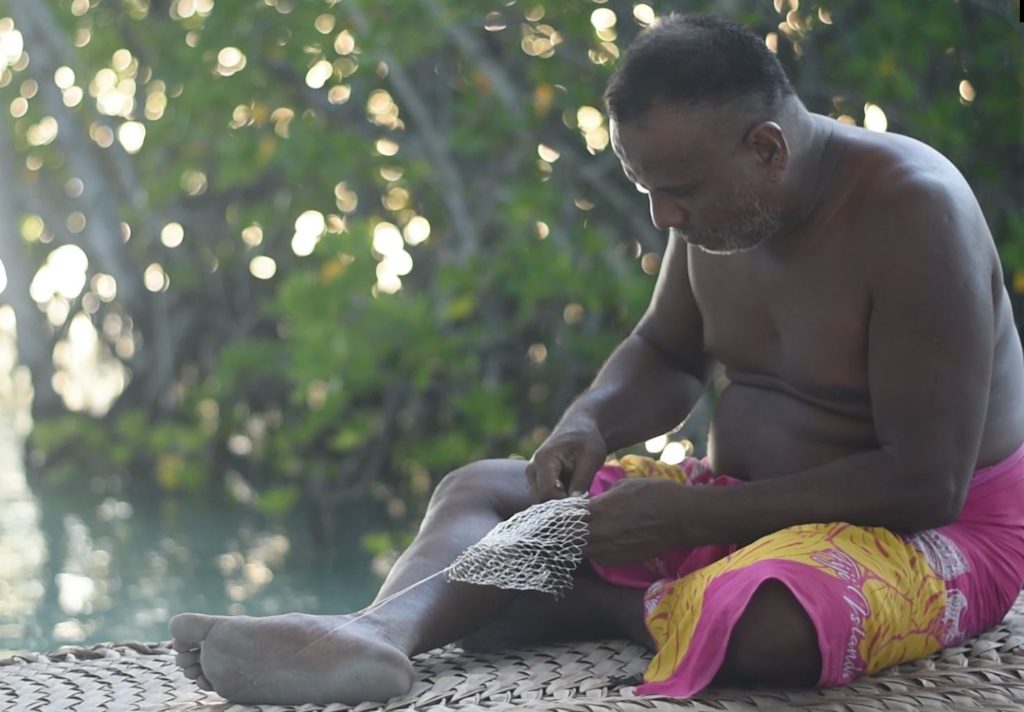
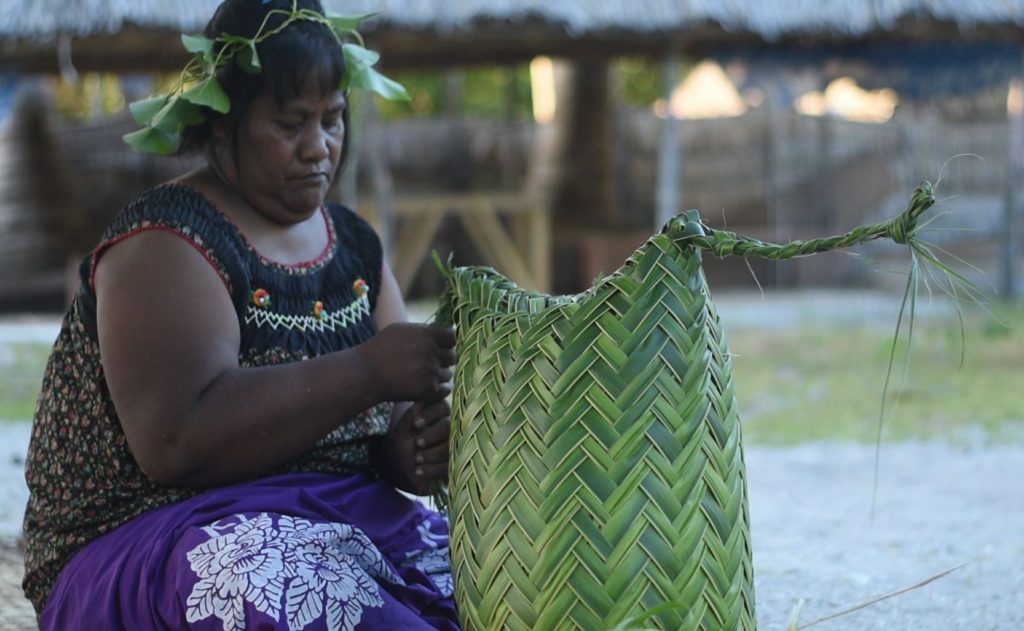
Te Riena – An Art
For the people of North Tarawa, the art of Te Riena fishing is art and skill that a male should learn and master. The art of te rinea is found in the techniques that is applied when catching a fish with a scoop net which is very swift and very intriguing to watch and makes you want to learn.
To learn te riena; a father or grandfather would often take his sons and young male relatives on a night fishing trip during the low tides of the new moon season. For an observer and first timer you will be often be intrigued by the way they wield and twirl their scoop nets as they scoop each catch to their baskets. It is the thrill of the scoop net and the participation of the many scoop netters who join makes an enjoyable activity to experience.
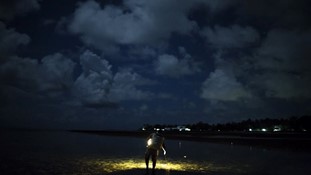
The Perfect time to experience Te Riena
The best time to experience Te Riena is during the new moon around 2 days before and 2 days after the new moon.
The real adventure starts when men assemble, each equipped with their own scoop net, basket hung from their head or around their shoulders, and light and in an orderly manner, they make their way to the designated scoop net fishing area.
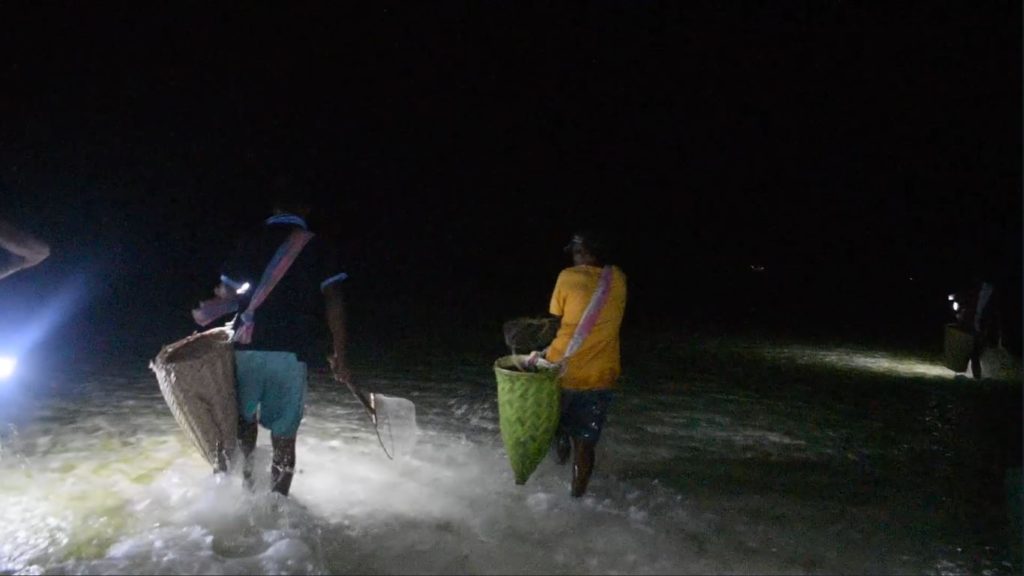
Fish is best enjoyed together
Traditionally, IKiribati regarded fishing as meeting the basic need for daily food. As the old saying goes, “You can live only if you go out and catch your food” However, there is also a connotation of enjoyment, for traditional fishing which inevitably involves the community in a social way – such is the nature of scoop net fishing.
As a communal activity, it is only natural therefore that the catch from scoop net fishing is enjoyed as a family and community.
